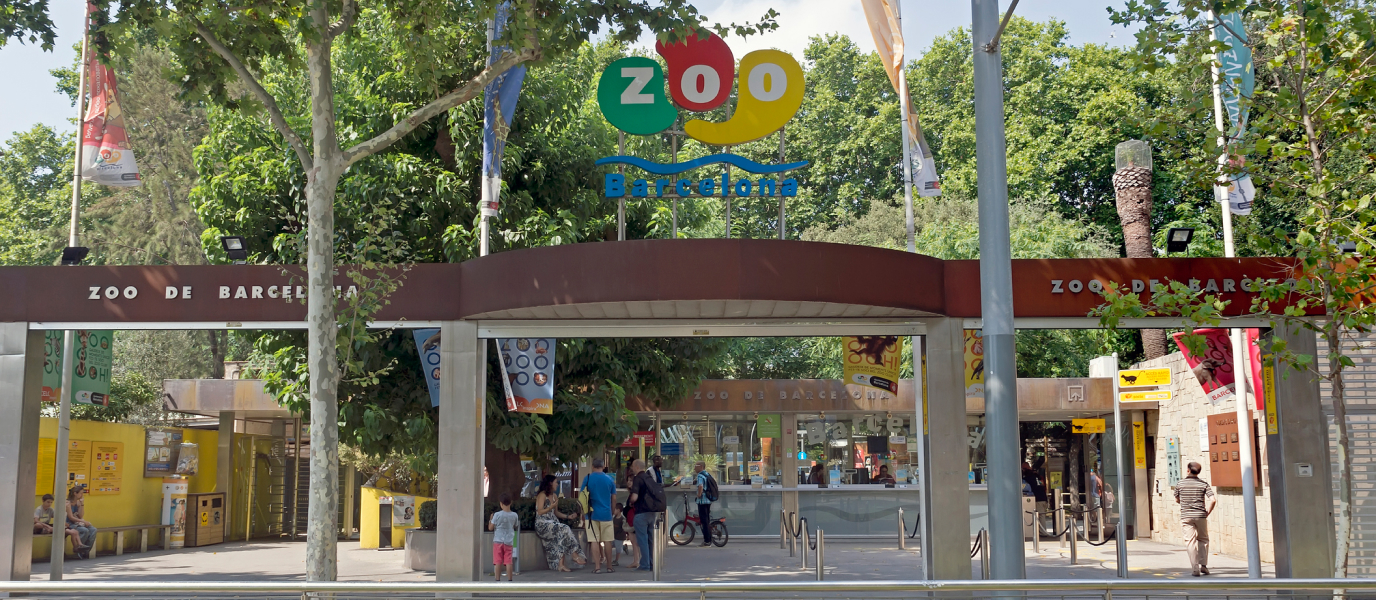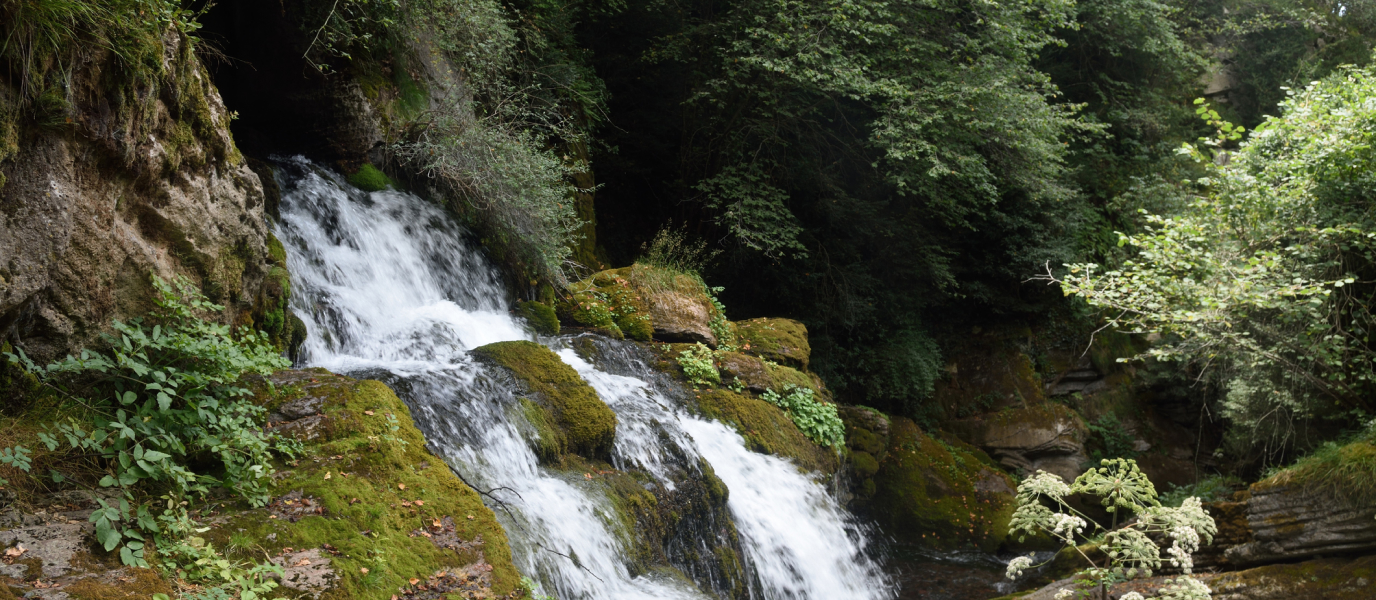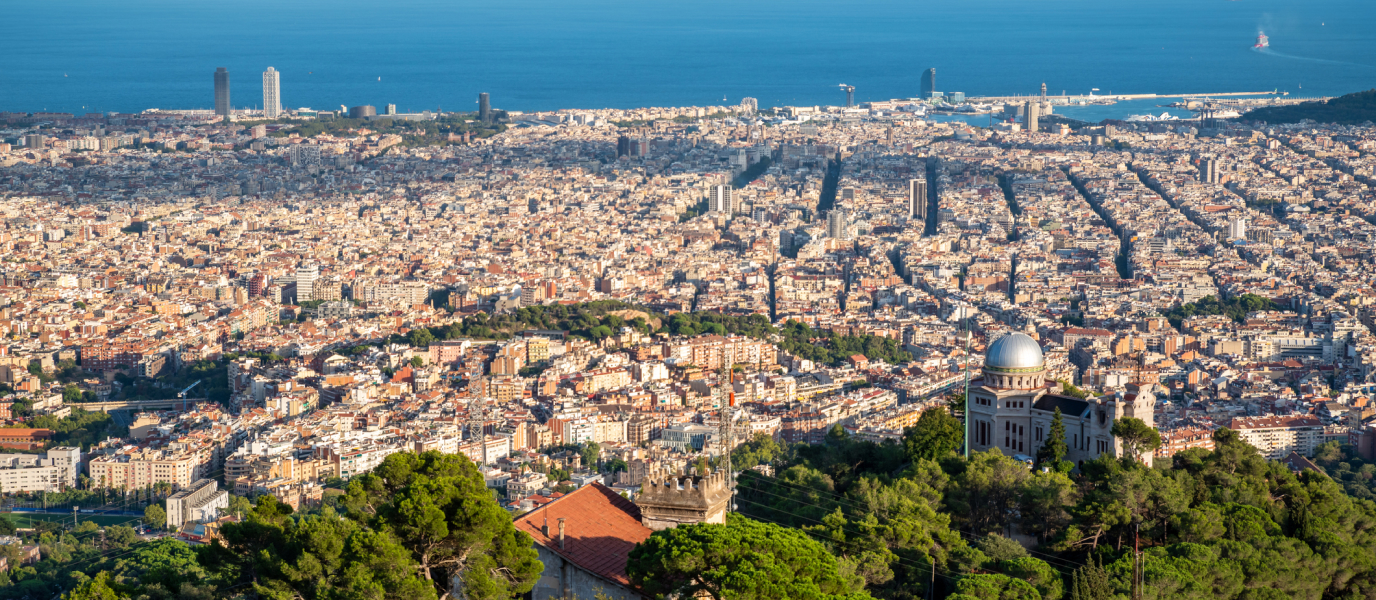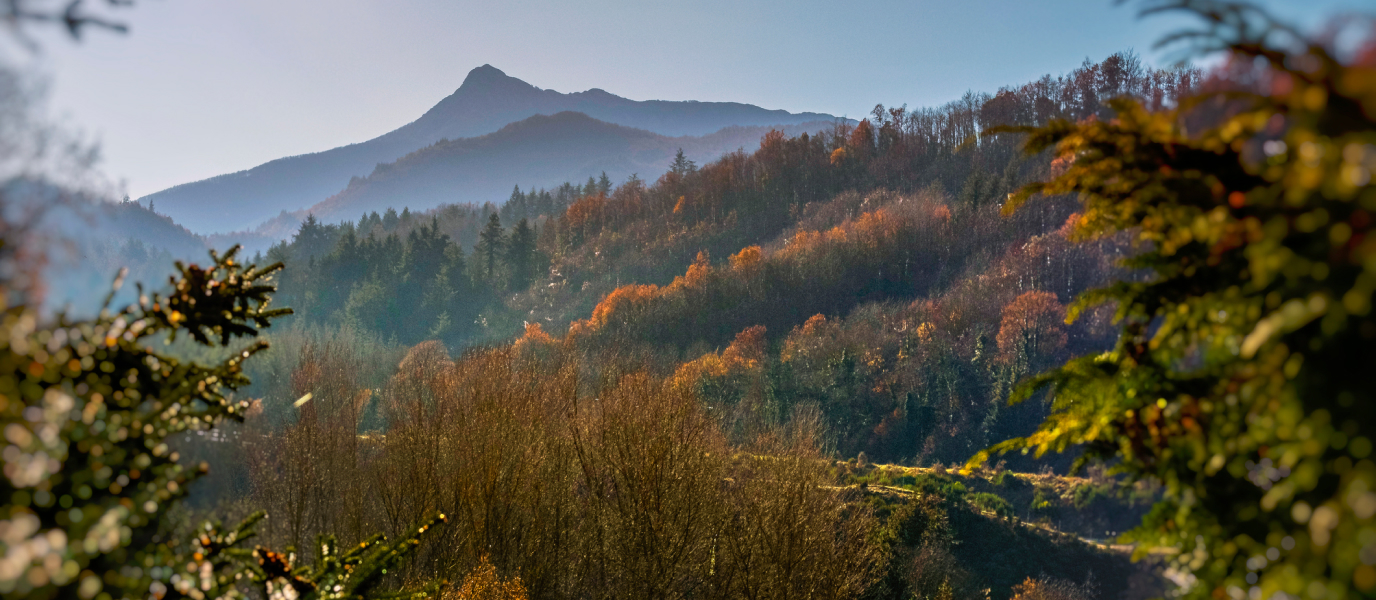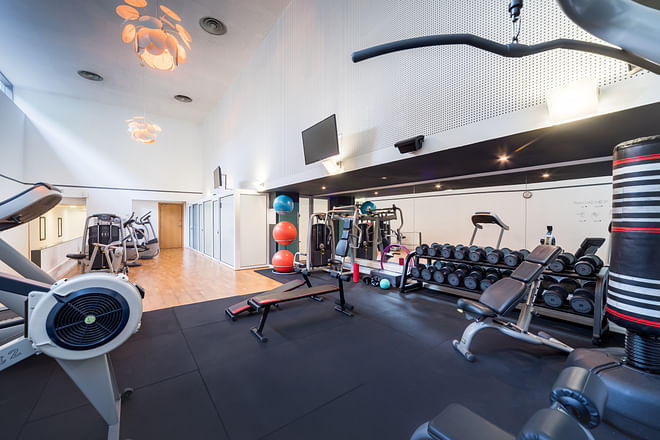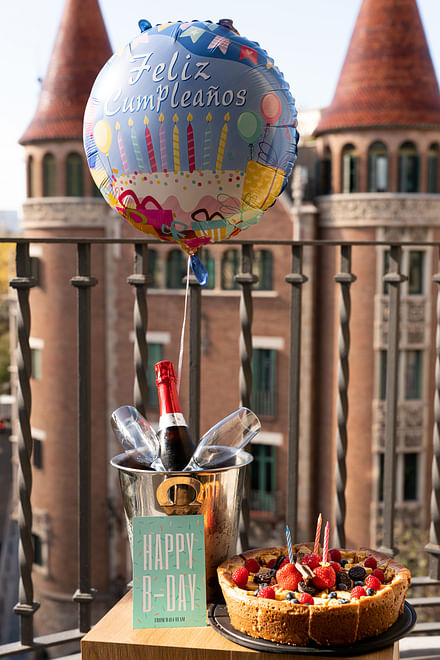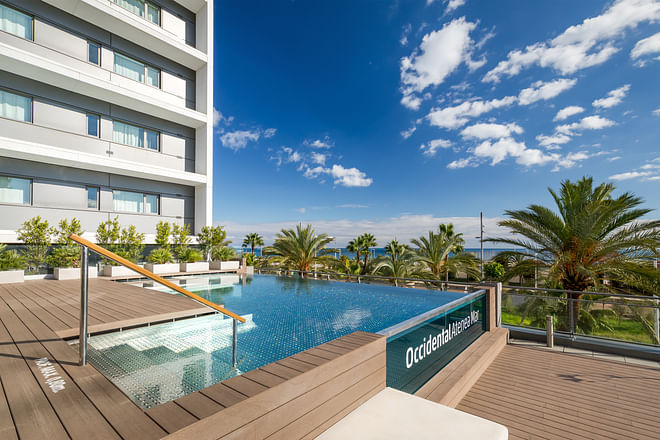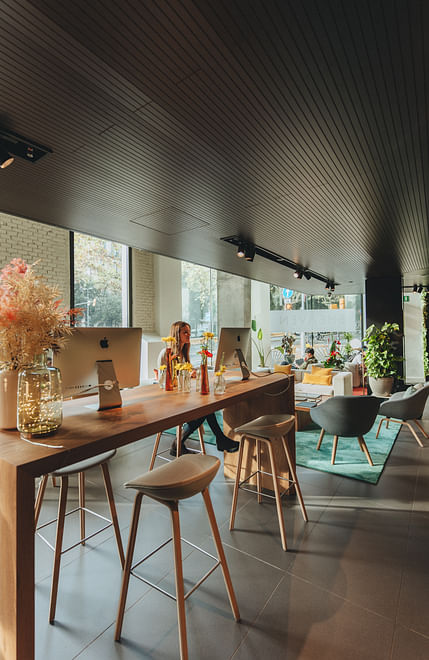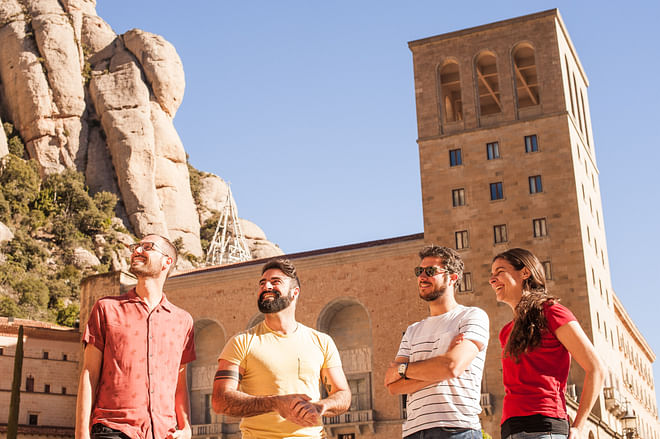Ciutadella Park, just twenty minutes away from Las Ramblas by foot, is home to one of the largest collections of animals in Europe. Barcelona Zoo is one of the city’s biggest and oldest attractions with over 7,000 specimens from almost 400 different species, which are the result of a century’s worth of work dedicated to conservation, research and animal education. Founded in 1892 from the donation of a private collection of animals, the zoo ended up occupying the facilities that the recent 1888 Universal Exhibition had left behind.
Today its site spans 14 hectares and receives close to a million visitors per year. Barcelona Zoo was the privileged home of the well-loved gorilla Snowflake and is a place that holds lasting memories, emotions and experiences for many local people. Read on for a brief overview of its facilities.
Brief overview of Barcelona Zoo’s enclosures
Barcelona Zoo is the last bastion of nature in the heart of the city. It is also a meeting point for people of different ages, visited by countless children whose desire to be explorers is made that little more possible on a visit to the zoo. For roughly 130 years the zoo has brought this living spectacle to life by recreating habitats from all over the world together with their corresponding wildlife.
The zoo is a perfect place for a family day out where learning and enjoyment go hand in hand on a walk through the facilities, which consist of 11 different enclosures organised according to the animal and plant species they house:
- Terrarium: This space houses an extensive collection of amphibians and reptiles from all over the world, ranging from small dragons, iguanas and giant snakes to large spectacled caimans. It also boasts an assisted reproduction room where you can view the baby tortoises, snakes and iguanas being reared.
- Aviary: Formed around different ecosystems (American, Asian and African jungles) this space houses over 70 species of birds.
- Land of Dragons: Through thick vegetation, glazed areas and sub-aquatic views, visitors can contemplate Komodo dragons, Muntjac deer and other species from Asia-Pacific.
- Farm: The so-called Children’s Zoo is a space where younger visitors can interact with farm animals, whether riding ponies or petting goats, cows, sheep or pigs.
- Gorilla Area: In this area visitors can learn more about gorillas through interactive educational material, including a section completely dedicated to Snowflake’s life.
- Primates Gallery: A group of different natural areas that are home to seven species of small primates.
- Marmosets Gallery: The smallest primates in the world, South American monkeys, are housed in this space, where you will find seven different species that captivate visitors.
- Palm Grove: Situated at the zoo entrance, this garden is dedicated to various types of cockatoos, macaws and coloured parrots and is perfect for exploring their way of life from different changing points and perspectives.
- Aquarama: Home of the zoo’s sea lions, its design follows the model previously used at Zurich Zoo. It also boasts various small aquariums with fish representative of the Mediterranean and Atlantic coasts.
- Flight Dome: As if it were a genuine marshland, this aviary is home to native bird species that are later reintroduced to different natural parks in Catalonia.
- Finally, despite the fact that the Dolphinarium no longer offers performances with dolphins, it is still possible to see and learn about them from their carers. The sessions take place twice a day (at 11:00 AM and at 3:30 PM).
Rates, opening hours and activities
The zoo has two entrances where you can buy tickets: one accessed through Ciutadella Park, and the other on Carrer Wellington, next to Passeig de Circumval·lació. An adult ticket costs 21.40 euros (12.95 for children) and Barcelona Zoo also offers the option of joining its Zoo Club by purchasing a card that gives you unlimited access to its facilities for one whole year. It’s worth remembering that part of the money raised goes towards helping to protect species at risk of extinction and to continue promoting educational activities related to protecting the environment.
Among these activities—which you can consult on the website—are dolphin watching (every day at 11:00 AM), elephant training (every day from 12:00 noon to 2:00 PM), and penguin feeding (sometime between 11:00 AM and 1:30 PM).
And, since the zoo also has different grassy areas where visitors can relax, we recommended bringing a small picnic so you can recharge your batteries halfway through the morning.
An impending change of direction
Unfortunately, not all is plain sailing at Barcelona Zoo. Over recent years its finances have recorded significant losses due to a drop in the number of visitors. This has given rise to a proposal to radically redefine the concept of the park, focusing solely on wildlife native to Mediterranean ecosystems, which would mean finding new homes for the others. According to the new model’s Strategic Plan, the zoo will have completely changed by 2031 with a marked absence of the species that it currently houses and the presence of new ones.
























































